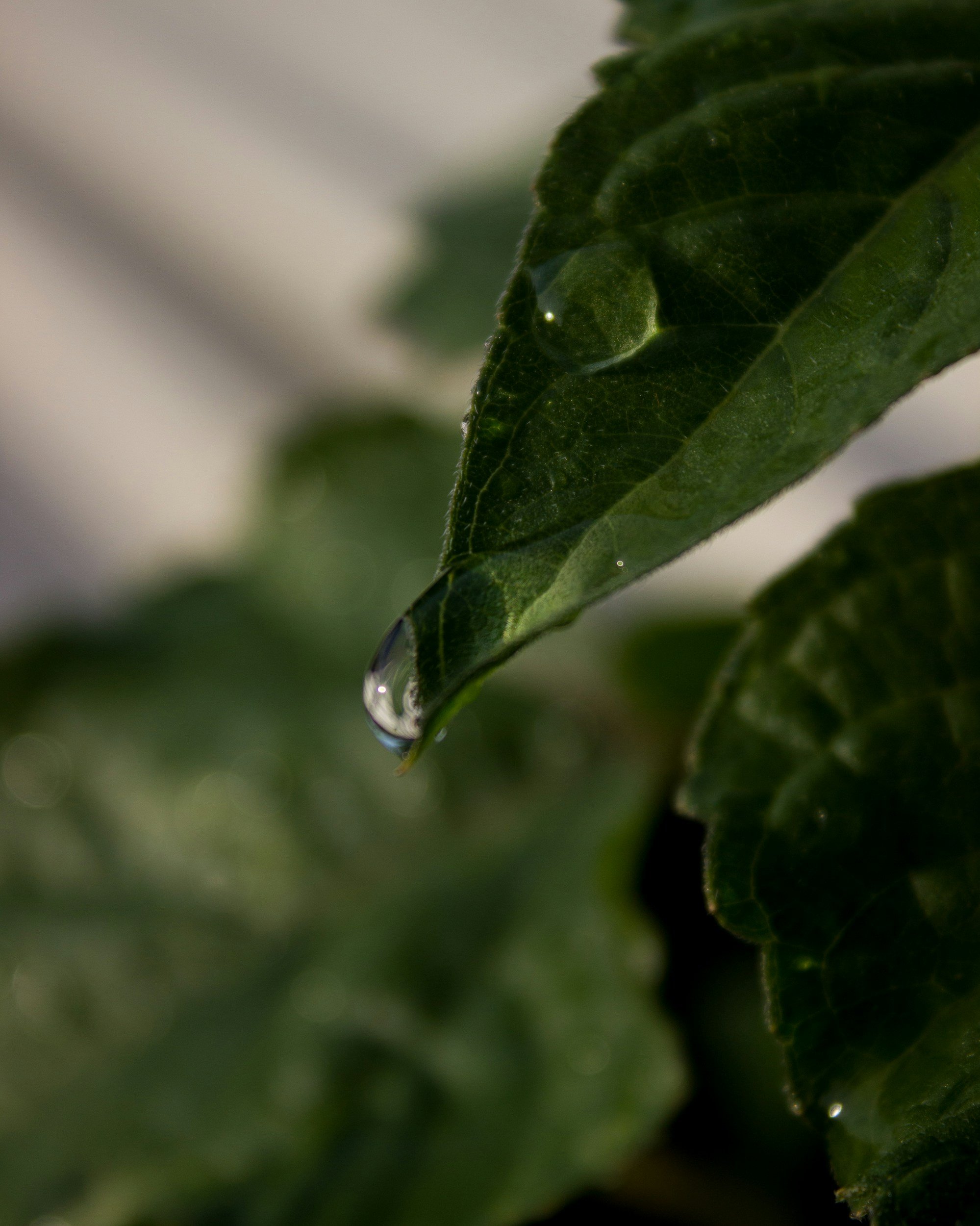Sensory Writing
Writing with nature & how to notice
“The hardest thing of all to see is what is really there.” - J.A. Baker, The Peregrine
Writing with nature demands a slowing, a deliberate scanning and assessment. You are here, rooted. Now use those senses in your repertoire and notice.
Sensory writing, especially in nature, can be an immersive experience—for both the author and the reader. There’s a deep engagement that comes from it through vivid portrayals of sights, sounds, sensations, tastes, and scent.
By capturing those things, rooted and ephemeral, there’s a sense of presence, of deep immersion that comes with it, through the beauty of the natural world. A profound connection can be made between the reader and the land. All you have to do is notice and practice noticing.
A place so faraway and remote as Charlotte McConaghy’s Shearwater in WILD DARK SHORE, can become familiar from the very first page.
As a writer, you control that tether, that relationship between reader and setting.
Nature writing prompts
As writers, we have access to our own limitless imaginations. From the comfort of your own home, write about the prompts below. No detail is too small. Capture everything. Then, when next you get the chance, immerse yourself outdoors, go to these places if you can. Compare your notes. What did you miss, what remains consistent between variations?
Use new words to describe what you’re imagining and seeing. Is that stream more of a “beck”? Maybe it’s a “currel”, which is a small stream (a term from East Anglia). Gerard Manley Hopkins described sunset light as “doomfire”. In East Anglia, “burr” would refer to “mistiness over and around the moon, a moon halo”. In forestry, an ailing tree is called a “starveling”. (All of these wonderful words come from the book LANDMARKS by Robert Macfarlane.) What words will you use to describe what you’re noticing?
A quiet winter night. You stand on the middle of a frozen lake, in February, in Northern Sweden, in the middle of nowhere.
A wildflower meadow in August.
Rain hitting leaves in a temperate rainforest.
5 Exercises for Sensory Writing in Nature
Nature Walk Descriptions
Take a leisurely walk in a natural setting. As you walk, focus on each of your senses. What do you see? Pay attention to colours, shapes, and movements. What do you hear? Listen for rustling leaves, bird songs, or flowing water.Object Observation
Find a natural object, such as a leaf, stone, or flower. Observe it closely and jot down your thoughts regarding its texture, colour, and shape. What does it feel like in your hands? What does it smell like?Weather Reflections
Focus on the weather and how it affects your surroundings and your physical sensations. How does the sun warm your skin, or how does the rain feel against your face? Write a short essay reflecting on this sensory interplay. How does the weather (or even simply quieting to notice the weather) affect your mood?Soundscapes
Listen. Listen like you’re Clarke Kent or Matt Murdoch. Sit quietly outside and close your eyes. Listen carefully to the sounds around you. If you’re in the city, peel back the human-made sounds and listen to those natural ones. How many distinct sounds can you hear?
